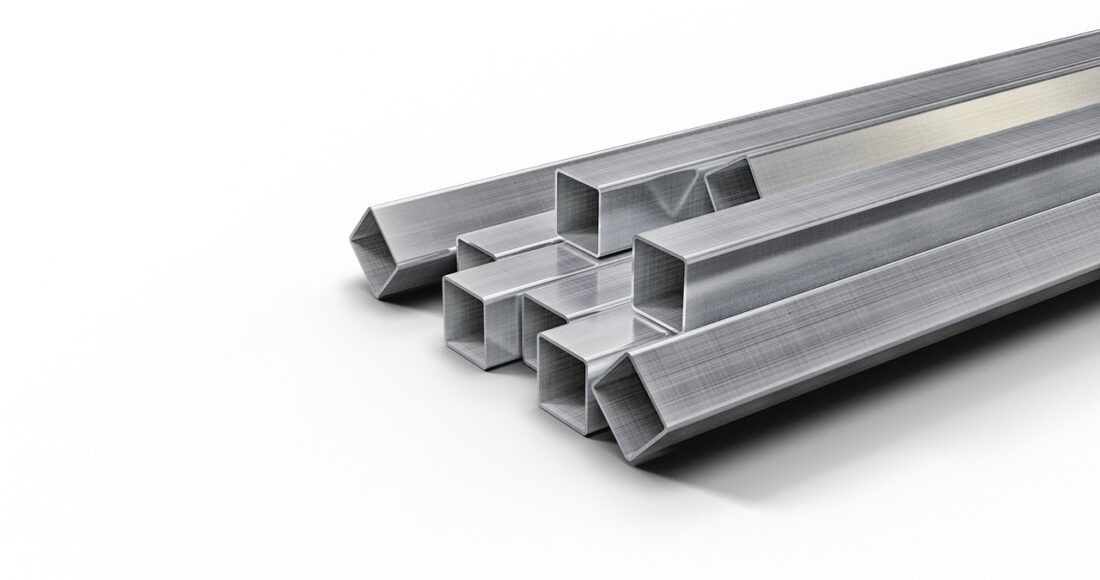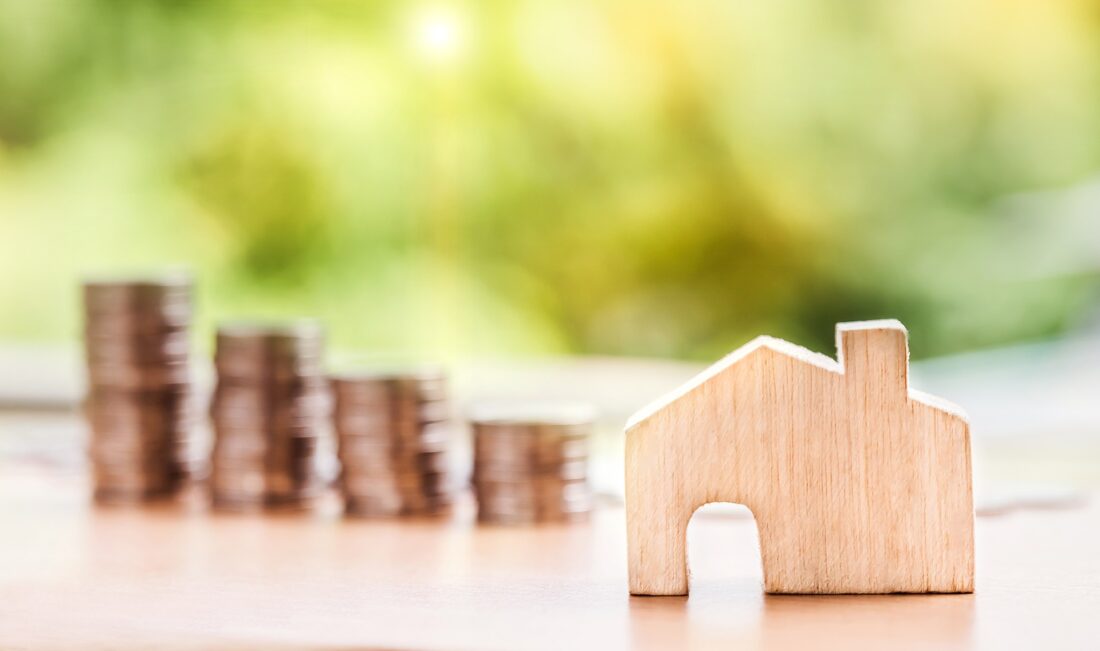 When it comes to buying metal for a DIY project, the two most common options are stainless steel and aluminum. In terms of the preferred option, it is aluminum that offers the clearest range of benefits for just about any DIY project under the sun. No matter if you are using aluminum sheets, tubes or planks, this is by far and away the smartest choice you can make when buying metal for that DIY project.
When it comes to buying metal for a DIY project, the two most common options are stainless steel and aluminum. In terms of the preferred option, it is aluminum that offers the clearest range of benefits for just about any DIY project under the sun. No matter if you are using aluminum sheets, tubes or planks, this is by far and away the smartest choice you can make when buying metal for that DIY project.
In terms of buying aluminum Melbourne trade suppliers have all you can possibly wish to buy, and here is why this is the preferred metal for a DIY endeavor.
Strength to Weight Ratio
Strength is not the only factor to bear in mind here, as steel is in fact much stronger than aluminum. What we should be looking for is the ratio between strength and weight, as this is a far better indicator as to what the metal can support. In the case of aluminum, it is almost 1/3 of the weight of steel, making it a far better option where high strength is not required.
Corrosion
One clear area of focus here should be looking to choose a metal which is not going to corrode over time. Stainless steel is made up from iron, chromium, nickel, copper and manganese. It is the chromium in this alloy which is added to prevent corrosion, and it does this to a high degree. In this regard stainless steel is preferred over aluminum. With this being said, there are many options which have coating that will reduce the corrosion over time, so speak with your aluminum suppliers to find the best choice.
Cost
Simply put, aluminum sheets and other supplies made from this metal are cheaper than those made with stainless steel. Given the benefits which it can offer too, this is why so many buy aluminum instead of stainless steel.
Workability
One of the main reasons why those doing DIY projects will opt for aluminum over stainless steel is that this is far easier to work with. Whether cutting, bending or shaping, there is no doubt that aluminum is far more malleable than stainless steel is.
Resistance
Assuming that you get the right grade of aluminum for your project, you will find that this is a much more resistant and durable metal choice than stainless steel. This makes aluminum the perfect metal for those working in DIY, who want a strong and abrasive resistant option for their project.
Wider Range of Precut Options
When shopping for aluminum parts for your project you are increasingly more likely to find the right sheets, tubes of planks, which have been already precut to your specifications. Although stainless steel is popular, many are left to create their own shapes and cuts with the metal, whereas aluminum comes in a range of shapes, sizes and parts. This just helps to lighten the load when committing to a DIY project.
Before you get started on your next DIY endeavor, be sure to highlight how much metal you need, and then look for aluminum as your preferred choice metal.

